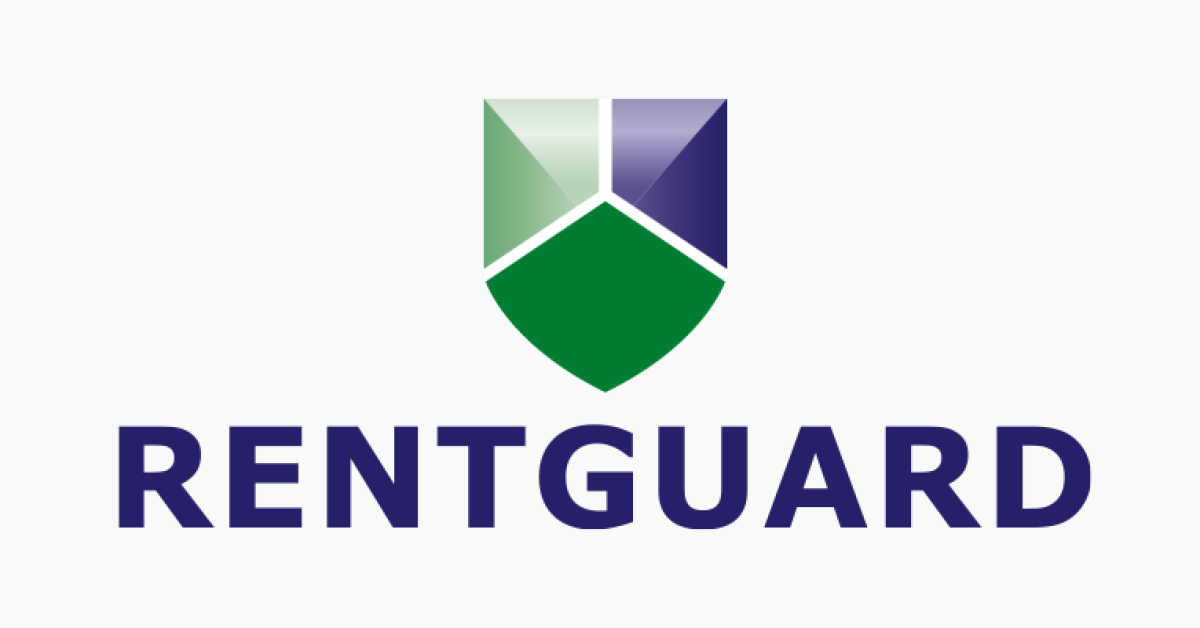

A landlord's guide to protecting multiple properties
Jack Vlasto of NRLA insurance partners Rentguard Landlord Insurance shares what landlords need to know when it comes to protecting multiple properties.
As a landlord it is crucial to protect your investment, and for landlords who own several rental properties, this is doubly - triply, quadruply - true.
So, how do you ensure your rental portfolio stays profitable and protected?
There are several ways which may safeguard your investment, with multi property insurance being the most important. Your properties need to be protected with a landlord insurance plan tailored to cover the specific risk factors associated with multiple rental properties.
What is landlord portfolio insurance?
Landlord portfolio insurance, or multiple property insurance, is a single policy that covers multiple properties owned by the same landlord.
A landlord portfolio insurance can cover a diverse portfolio, including residential, HMOs, mixed use properties and commercial.
Although it is entirely possible to arrange landlord insurance separately for each of your properties, there are a number of benefits to keeping everything safely tied up under a single landlord portfolio property policy.
The benefits of landlord portfolio insurance
Covering all your properties under one insurance policy has several benefits.
It saves you time: You don’t have to worry about keeping on top of renewing individual policies, saving you time and the chance policies will expire leaving you vulnerable and your portfolio at risk.
It saves you money: Insuring more than one property at once under the same policy may increase your chances of getting a better deal.
What will landlord portfolio insurance cover?
Each multiple property insurance will be tailored to a landlord’s requirements, but broadly landlord portfolio insurance will cover.
Buildings insurance
Building insurance is covered in many landlord insurance policies, including landlord portfolio insurance. It ensures a provider will pay out for any structural work in the event your property sustains extensive damage from, for example, fire, storm-damage or escape of water.
Contents insurance
This protects against damage to your own possessions in the property, which is particularly important if you let the properties furnished. This does not cover your tenants’ contents.
Property owners’ liability insurance
This covers you against a potentially crippling liable action should a tenant, contractor or visitor suffer an injury in your property that you may be liable for. This could be anything from a loose carpet causing someone to trip, or a ceiling tile falling and damaging tenants’ belongings.
Loss of rent
Should one of your properties become uninhabitable, for example through fire or flood, loss of rent insurance will cover you for your lost rental income. Despite what the name might suggest, this does not cover a tenant defaulting on rent - that is covered in rent protection insurance. Should you be contractually obliged to re-home your tenants in the event of your property being uninhabitable, alternative accommodation insurance will cover this.
Other ways to protect your buy-to-let investment
Aside from insurance, there are other key factors in protecting your portfolio
Diversify: Like most investments, spreading your risk can be a good way to safeguard your portfolio. Void periods for any landlord are financially tough, for a landlord with several rental properties they can be catastrophic. One of the best way to avoid potentially devastating voids or steep drops in rents could be to invest in different types of property across the country, with a good mix of student housing, HMOs and smaller flats.
Keep an eye on tenant trends - the recent ‘race for space’ has seen tenants desert once sought after inner cities for the suburbs. Be aware of jumping on a bandwagon, do your research on whether this is a viable long term trend to pursue before following the crowd.
Budget: Things will go wrong, and if you have several properties, several things could go wrong at the same time. It is imperative you have backup funds, or the means to apply for a loan. There are mandatory costs that you will need to factor in for each property, including, but certainly not limited to, an EPC and the Gas Safety Certificate.
The sole purpose of this article is to provide guidance on the issues covered. This article is not intended to give legal advice, and, accordingly, it should not be relied upon. It should not be regarded as a comprehensive statement of the law and/or market practice in this area. We make no claims as to the completeness or accuracy of the information contained herein or in the links which were live at the date of publication. You should not act upon (or should refrain from acting upon) information in this publication without first seeking specific legal and/or specialist advice. Arthur J. Gallagher Insurance Brokers Limited trading as Rentguard Insurance accepts no liability for any inaccuracy, omission or mistake in this publication, nor will we be responsible for any loss which may be suffered as a result of any person relying on the information contained herein.
National Residential Landlords Association is an Introducer Appointed Representative of Arthur J. Gallagher Insurance Brokers Limited, which is authorised and regulated by the Financial Conduct Authority. Registered Office: Spectrum Building, 7th Floor, 55 Blythswood Street, Glasgow, G2 7AT. Registered in Scotland. Company Number: SC108909. Rentguard Insurance is a trading name of Arthur J. Gallagher Insurance Brokers Limited.

